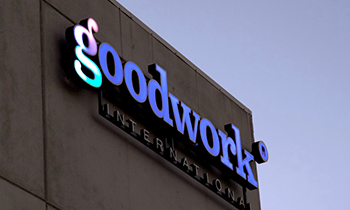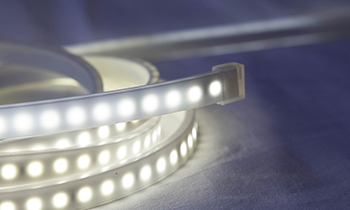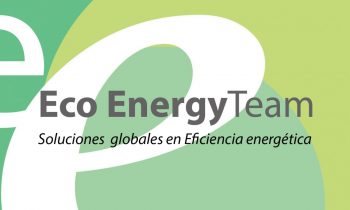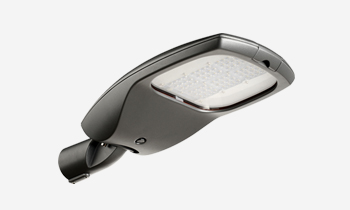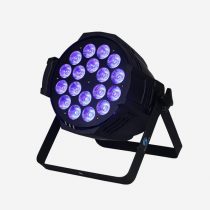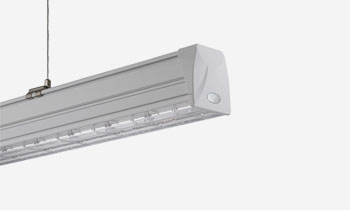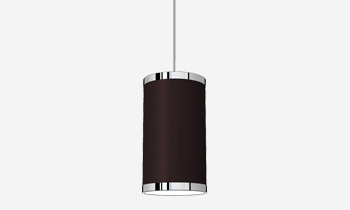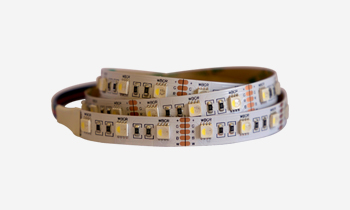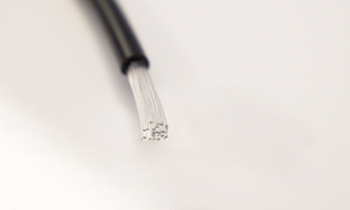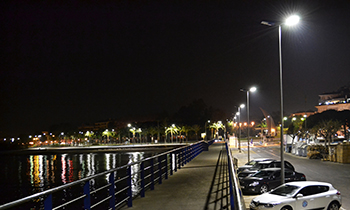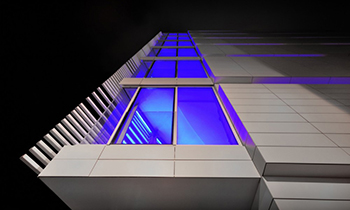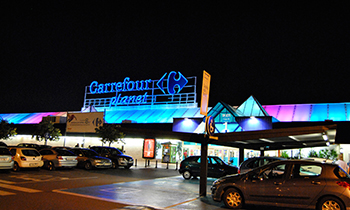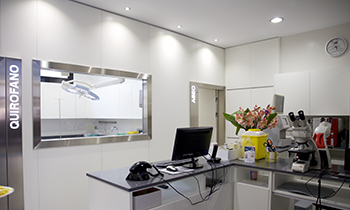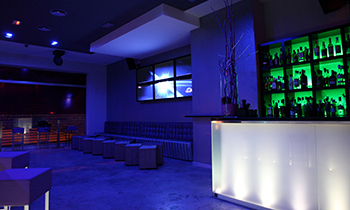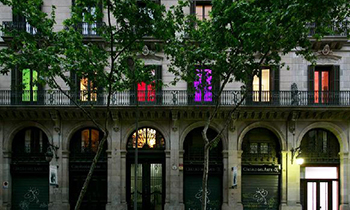ENVIRONMENT
Goodwork is committed to the environment, innovation and sustainable development. technology, fundamental pillars of the company.
By reducing energy consumption, we promote economic and environmental sustainability. We produce more with less. The resulting savings in comparison to lighting emissions exceed 70%. It is not a matter of saving light, but of illuminating better, consuming more energy. less electricity.
All products are eco-friendly and sustainable, and the materials they have been made of can be recycled. We recommend to all our customers the use of electric and electronic equipment collection points.
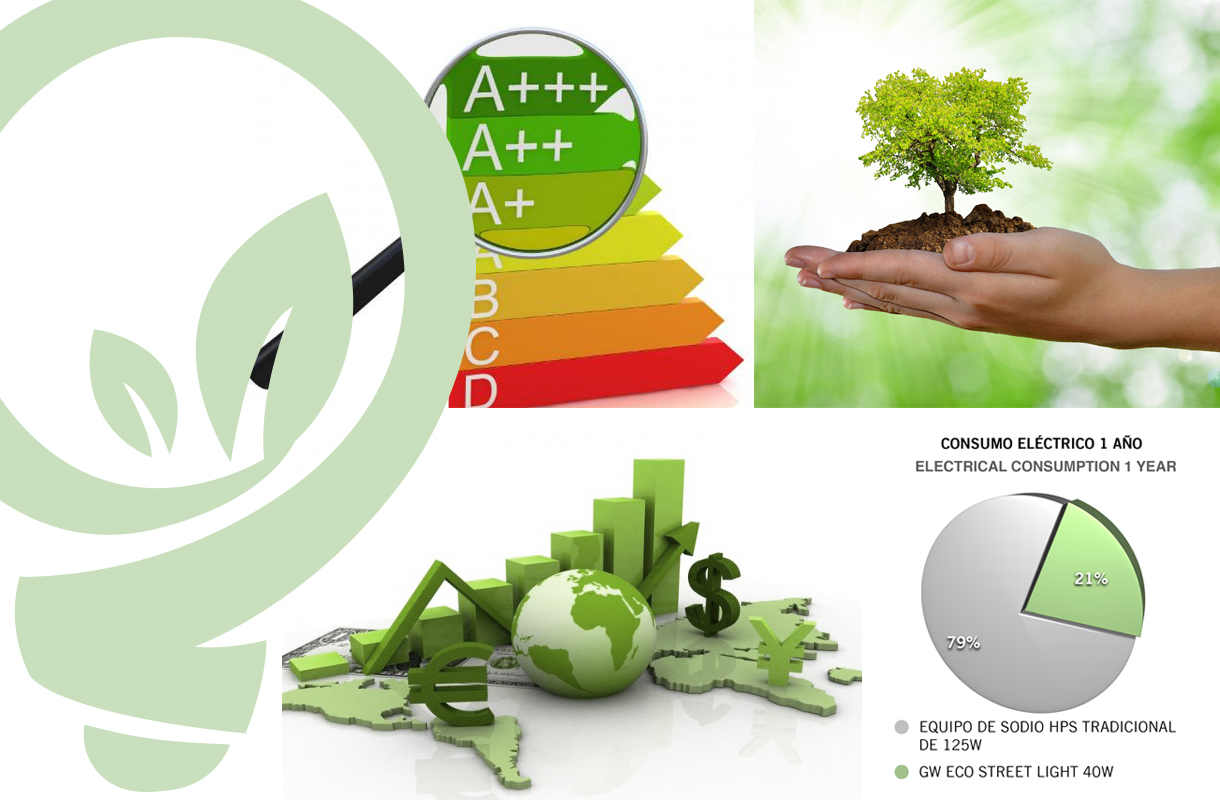
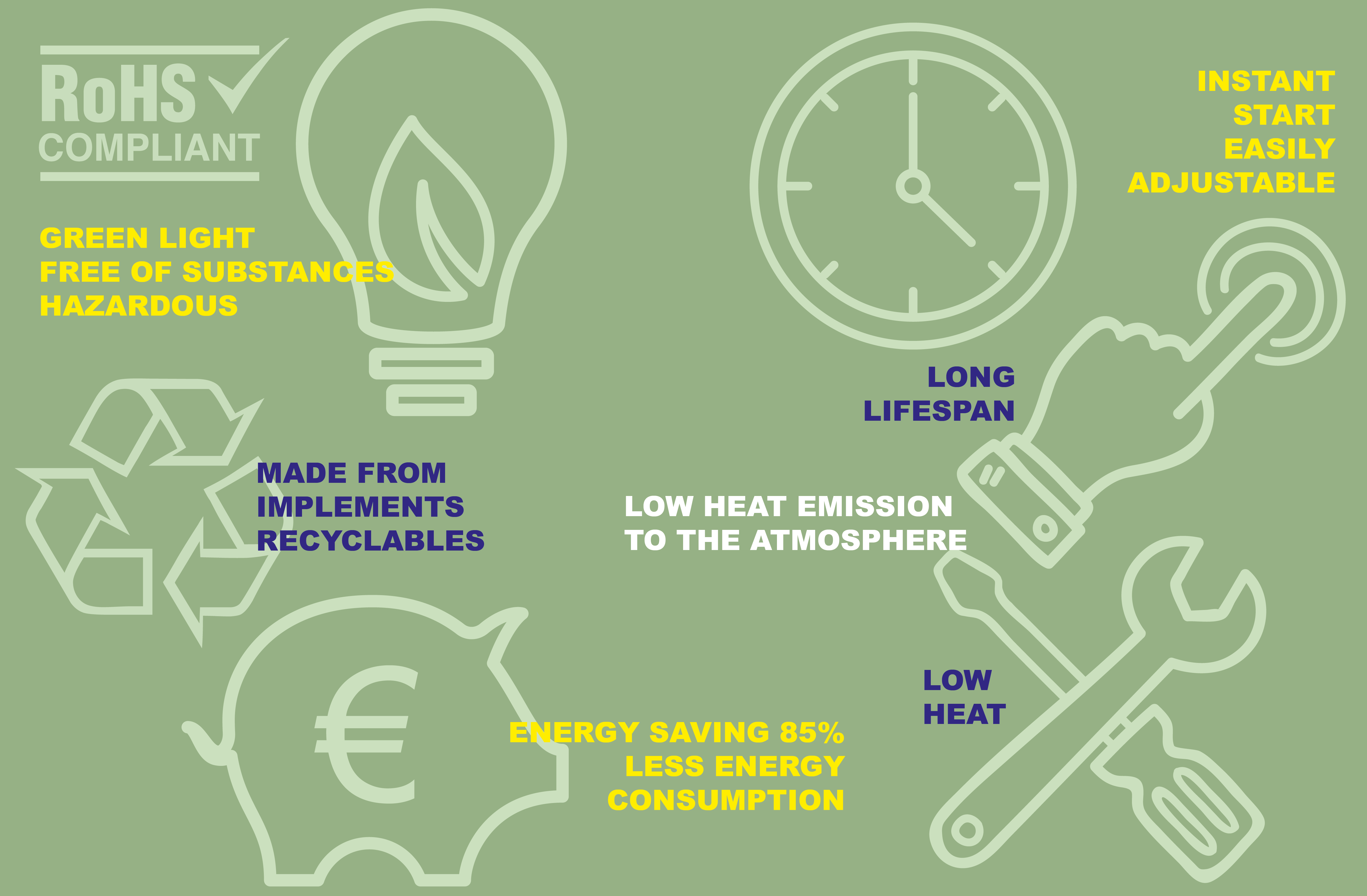
BENEFITS OF LED TECHNOLOGY
We are heading towards an era in which there is an awareness of the responsible use of energy and respect for the environment; and one of it’s key points is the use of lighting with LED technology, much more environmentally friendly. By saving on luminaires LED, the energy is optimized making good use of resources through the installation of smarter lighting.
We are talking about ecological light, since it means energy saving, besides being free from Tungsten, mercury or toxic waste products.
Low emission of heat to the atmosphere, caused by its high energy efficiency (consumption emissions by up to 85% less electricity) which avoids wasting energy to achieve a reduction in energy consumption. similar results.
In addition, there are the advantages of its long service life, with minimal maintenance. They are easily adjustable and do not show fluctuations or starting peaks.
The decision to use LEDs allows organizations to become certified for the green impact it generates (ISO 50001).
LIGHT COLOUR AND CRI
The light must be adjusted precisely to the different needs of the projects, for this it is necessary to consider:
- A suitable color temperature and a good color reproduction.
- A light study that determines the distribution and quantity of luminaires, the choice of optics, the powers and the consumption to obtain the most efficient installations possible. The goal is to get the project requirements.
LIGHT COLOUR
In addition to the color of the surfaces, the color of light determines the basic atmosphere of a space. It is divided into three groups, according to their color temperature and the sensations that are obtained.
CRI / Ra
The CRI or Chromatic Reproduction Index is the measure that assesses the capacity has a light source to faithfully reproduce the colors of the objects it illuminates.
Taking as reference the light of the sun. The best color representation is indicated as CRI = 100, below 80 is used for cases where the color has no determinant (industrial exterior lighting, warehouses, parking areas, signaling vial etc.). Above 90 series for art galleries, photographic studios, printing houses etc.
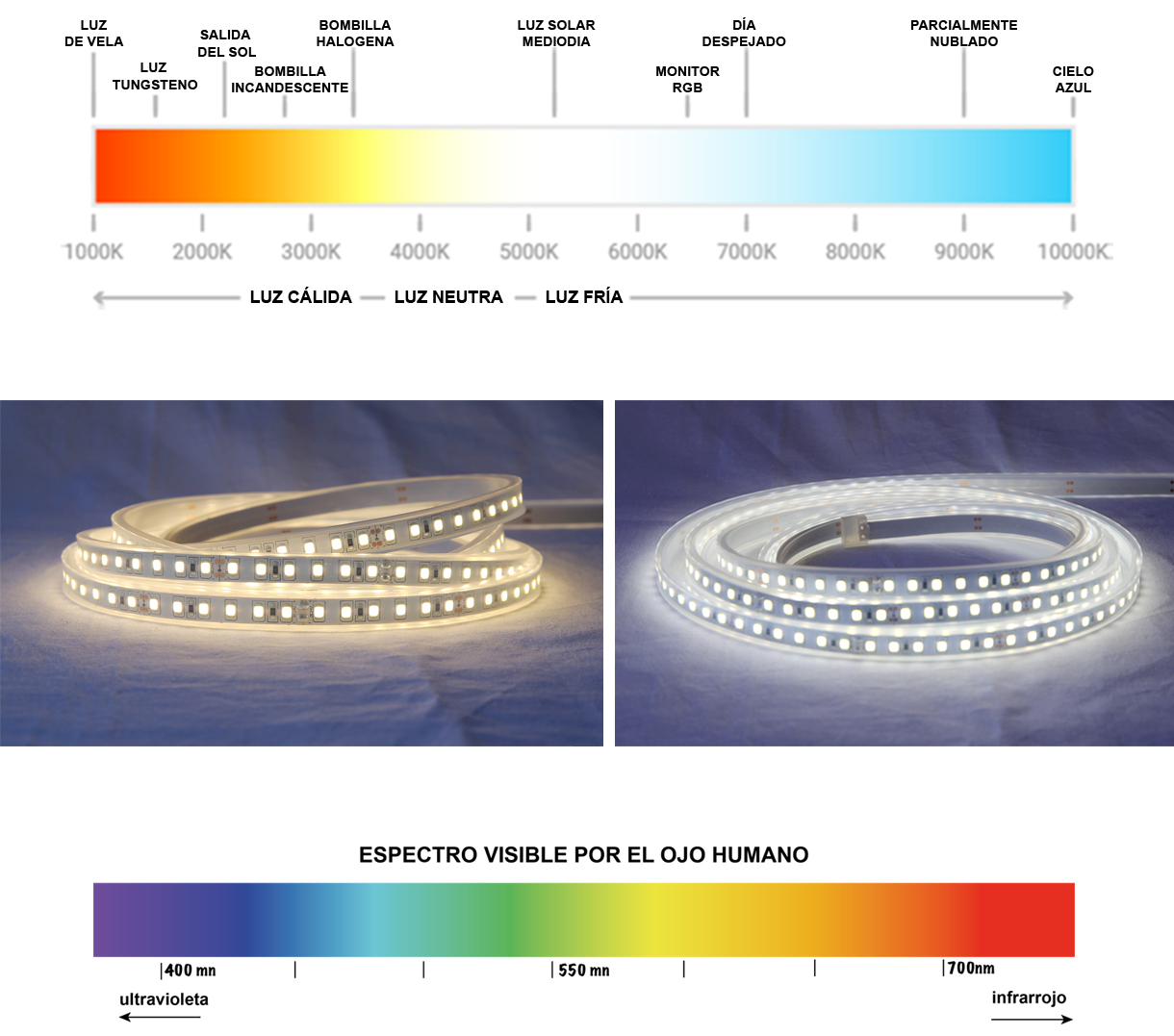

COLOR LIGHT
The color light allows to transform the environment through contrasts.
When illuminated walls or objects with colored light, interact the color of light and the color of the object itself (subtractive mixture of colors).
Chromatic effects can be intensified or modified.
Depending of luminaire and the chips used, we can obtain a monochrome, RGB and white light (3 in 1/4 in 1).
OPTOELECTRONIC
Optoelectronics means the fusion of optics, electronics and computing. This new technology in the field of color offers infinite possibilities. This technology also facilitates the implementation of lighting control systems, which increases the flexibility of the facilities and facilitates their handling.
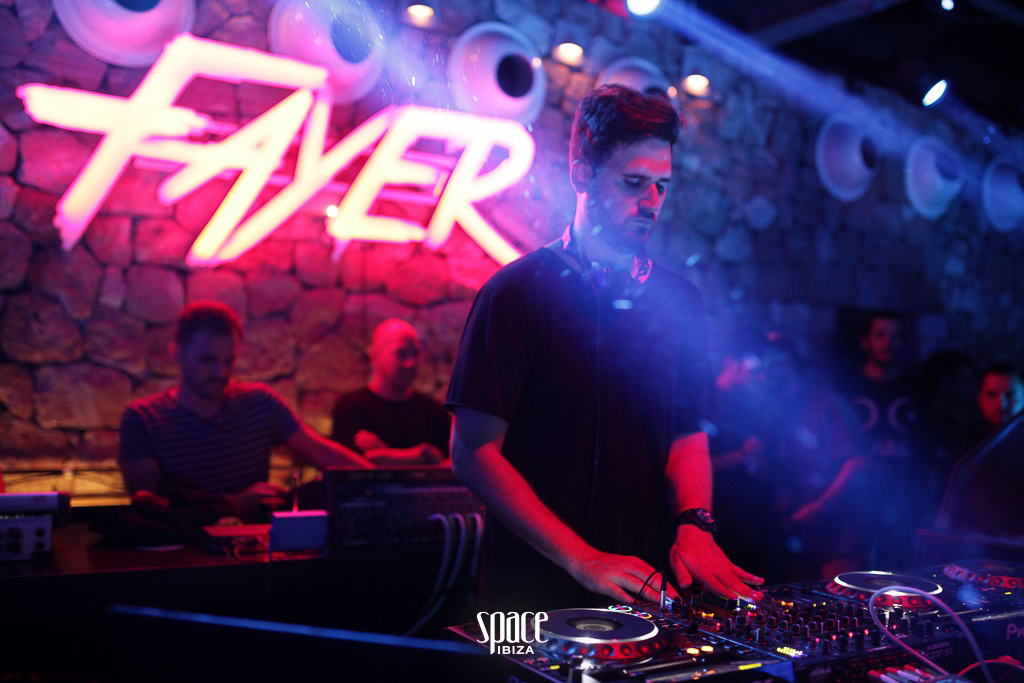
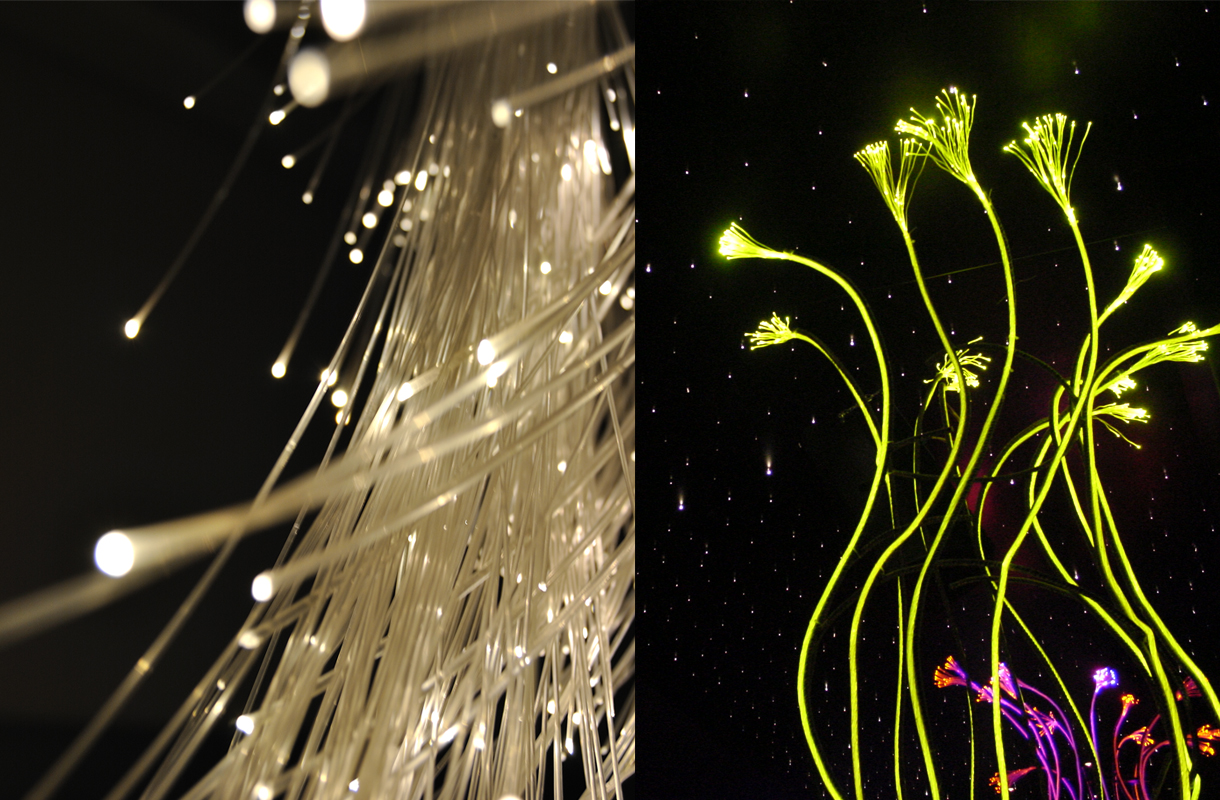
OPTIC FIBER
Goodwork’s beginnings are linked to fiber optics. Before the advent of LEDs, fiber optics offered the answer to the projects it needed, safety, heatlessness and creative lighting.
The advent of LED with its high efficiency and competitive price replaced fiber optics and Goodwork adapted to new technologies. But the absence of electricity in its installation, zero heat and gas emissions, along with its flexibility and choice of colors, still make it valid and unique for certain risk environments, scenographic and decorative where the LED is limited.

